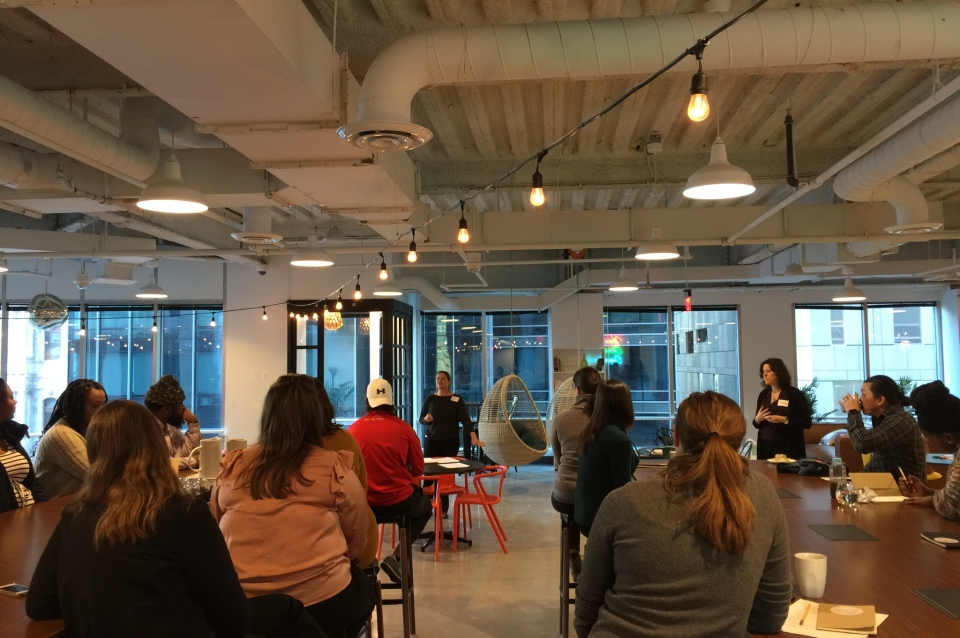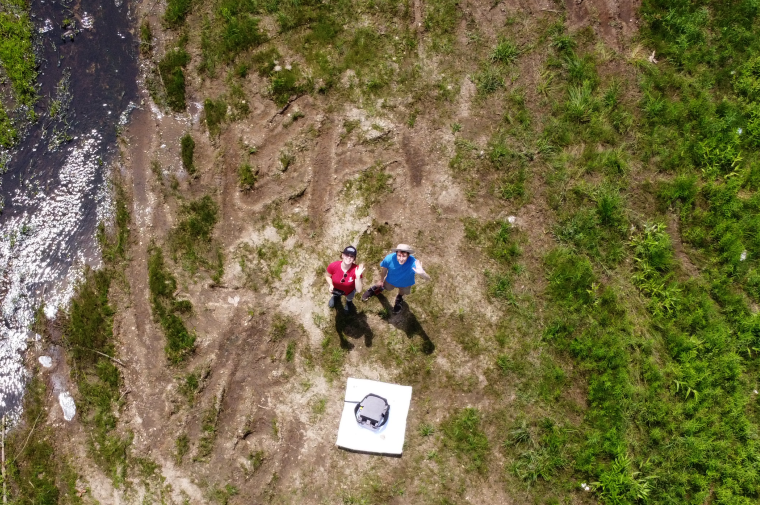March 12, 2018
Stuart Weitzman School of Design
102 Meyerson Hall
210 South 34th Street
Philadelphia, PA 19104
Get the latest Weitzman news in your Inbox
Media Contact
Michael Grant
mrgrant@design.upenn.edu
215.898.2539
Last summer, PennPraxis funded a project designed to bring design thinking and visual arts practices to youth development professionals. The goal of this project is to explore and measure how design leadership tools and practices and the integration of visual arts practices can inform youth development professionals’ work, inspiring them to find new and innovative solutions and approaches to their work while also integrating a studio style practice in an office setting.
Sarah Rottenberg, executive director of the Integrated Product Design Master’s program and and Adjunct Assistant Professor in the Department of Architecture led the project alongside Anne Harrison, an artist and youth development practitioner who is currently the Out of School Time Administrator for the Department of Human Services at the City of Philadelphia.
The project, called Studio Everywhere, involves conducting two leadership retreats for professionals from the youth development world to teach design thinking and visual arts skills and explore how practitioners can use those skills in their day to day work. The first workshop took place on January 25th at the The HIVE at Spring Point. The session included 15 participants from Congreso de Latinos Unidos, Sunrise of Philadelphia, The Mural Arts Program, Students Run Philly and other youth serving organizations.
The workshop was designed to introduce participants to a set of skills and ideas that they could apply to their day-to-day operations that are minimally available in the youth development space. Participants engaged in drawing exercises that made connections to observation, reflection, editing and collaboration. Participants felt that this served as a good analogy for looking at your work—shifting from thinking about the big picture and keeping the mission in mind while also maintaining focus on the details of daily work.
An idea generation exercise focusing on designing a particular type of solution—a vase—compared to designing for a particular type of need—enjoying flowers in the home highlighted how quickly we tend to jump to solutions without first taking a step back and understanding what needs we are trying to solve. Participants found the distinction particularly useful and identified many instances when identifying the need first and then generating solutions would be helpful.
After a full day of many different activities, participants left with ideas and instructions to apply the design process in their work—to try out an activity that they learned or use the design thinking process to improve a meeting that they are in. The group will reconvene to debrief, continue to refine their skills, and discuss additional ways to apply it to their work.
In the meantime, the first session has already begun to show impact. In surveys that the team conducted both before and after the first session, participants reported both an increase in understanding of design thinking and visual arts skills AND an increased understanding of the relevance of those skills in their work.


 View Slideshow
View Slideshow



